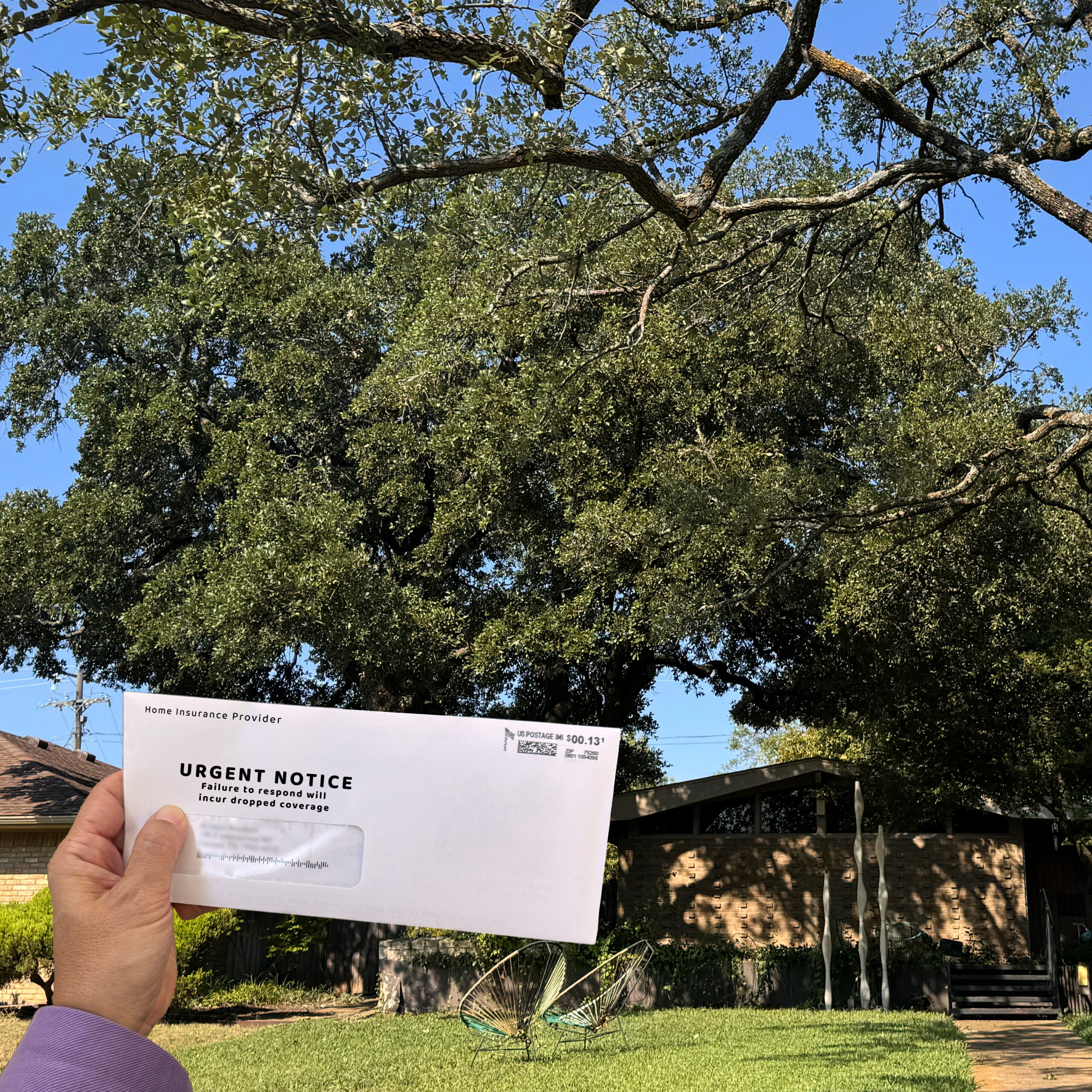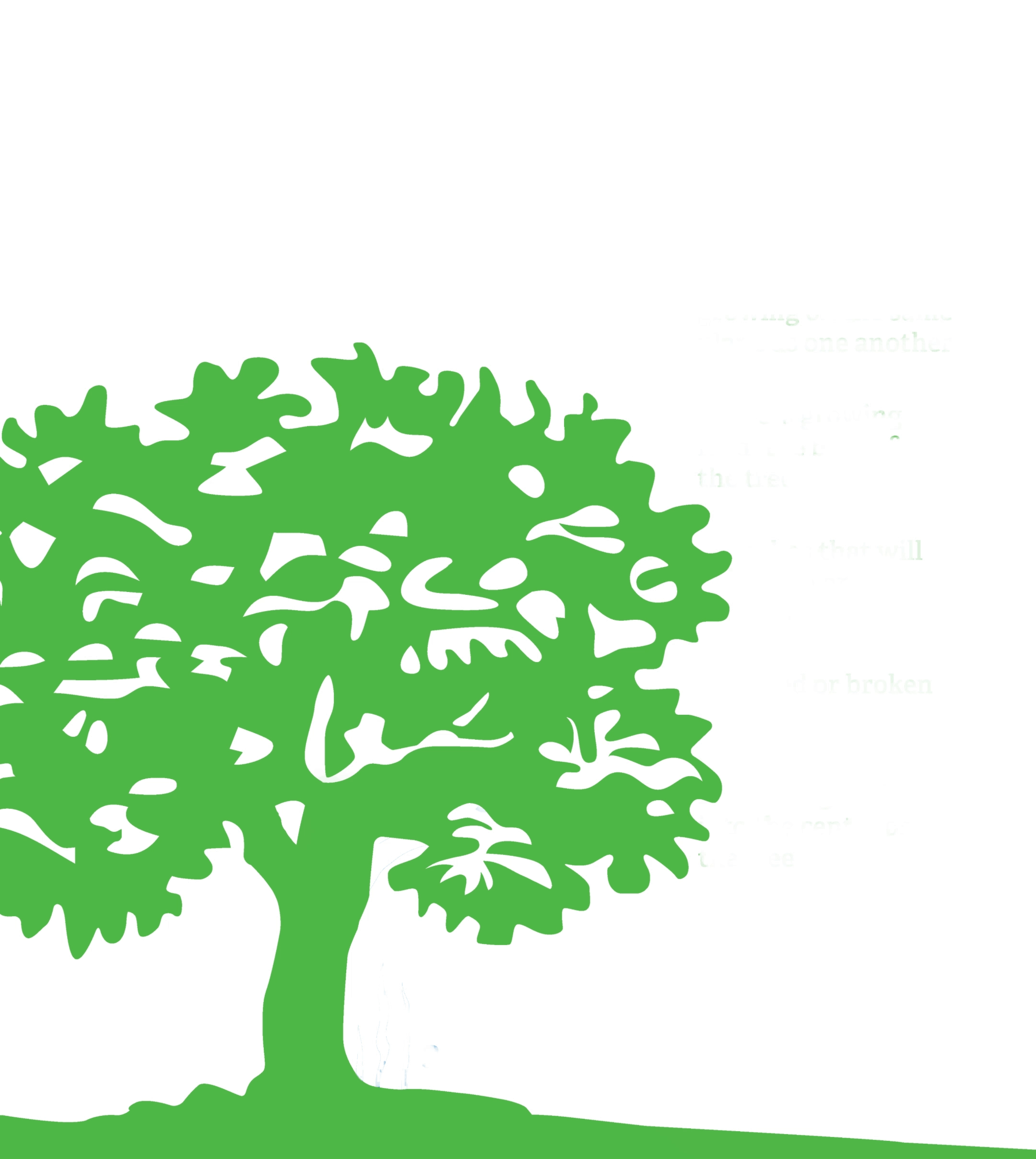What is "lion tailing"?

“Lion tailing” is stripping out the interior growth on the inside of the tree canopy, leaving only a small amount of leaves at the end of the branch. This is a poor example of reducing crown density to increase light penetration to the ground below.


Why is “Lion tailing” bad for trees?
Starves the Tree
- Trees use their canopy and leaves to produce food via photosynthesis. Removing too many leaves will reduce the tree’s ability to make food. Hungry tree = sad tree
- The inner leaves of the canopy are the main food producers for trees when temperatures rise because the leaves on the outer canopy get too hot and are unable to do the work. This is especially true in North Texas because of the extreme heat we experience during the summer.


Prone to Breakage
- Lion tailing makes limbs more likely to break. We know this seems counterintuitive, but when all the weight is at the end of a limb or branch rather than spread across it increases the amount of force on the branch.
- Mass Dampening is when the twigs and leaves in the tree canopy disburses the force of the wind. Mass damping reduces the chances of limb breaking.
- The idea that stripping out the canopy so wind can move through it, has been proven to be wrong.
Decay
- Sun scald is essentially a sunburn on tree bark. It happens when temperatures get too high and kill the exposed bark. When trees have been over trimmed and lion tailed sun scald on the branches leads to decay of the limbs making the tree less stable.
- Sunscald is rarely seen in a forest but we often see it in our Urban setting in North Texas. We especially see it on over-trimmed red oaks and maples (trees with thinner bark).
Proper tree trimming requires education and skill to protect your trees from damage and costly mistakes. To avoid improper pruning use a certified arborist, and listen to their advice.
A correct tree trim reduces less canopy, and costs less.

At Texas Tree Surgeons, we love trees and our community. We believe that through education we can take better care of our urban forest. Trends are started in neighborhoods accidentally through misinformation. If you have any tree questions don’t hesitate to get in touch!
Related Blogs
Similar blogs related to this topic


Facts About Home Insurance & Trees
It’s becoming way too common, especially in Texas, homeowners receiving a threatening letter from their insurance company to drastically remove all tree limbs over a structure to prevent them from falling onto the house. Don’t…
Read more
How Often Should You Trim Your Trees?
Tree trimming is a crucial part of maintaining a healthy, safe, and beautiful yard. But how often should you really be trimming your trees? We’ll explore the ideal trimming schedule for your trees and why…
Read more

What is Prescription Pruning Qualification?
Prescription Pruning Qualification is vital for anyone involved in the care and maintenance of trees, ensuring they are pruned correctly and sustainably. This qualification is built from the years of research from industry leaders such…
Read more
